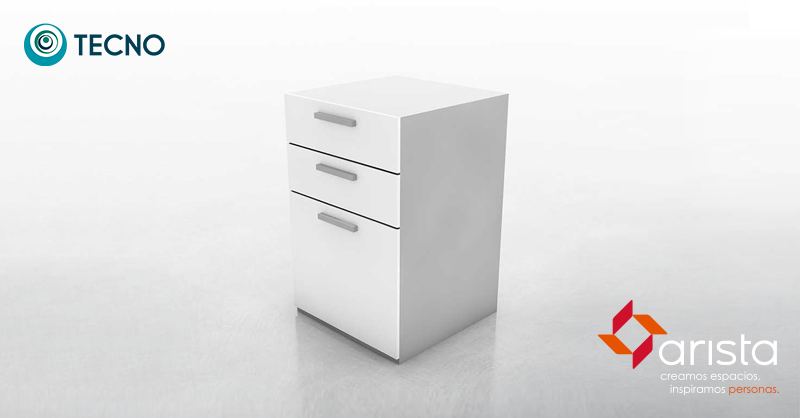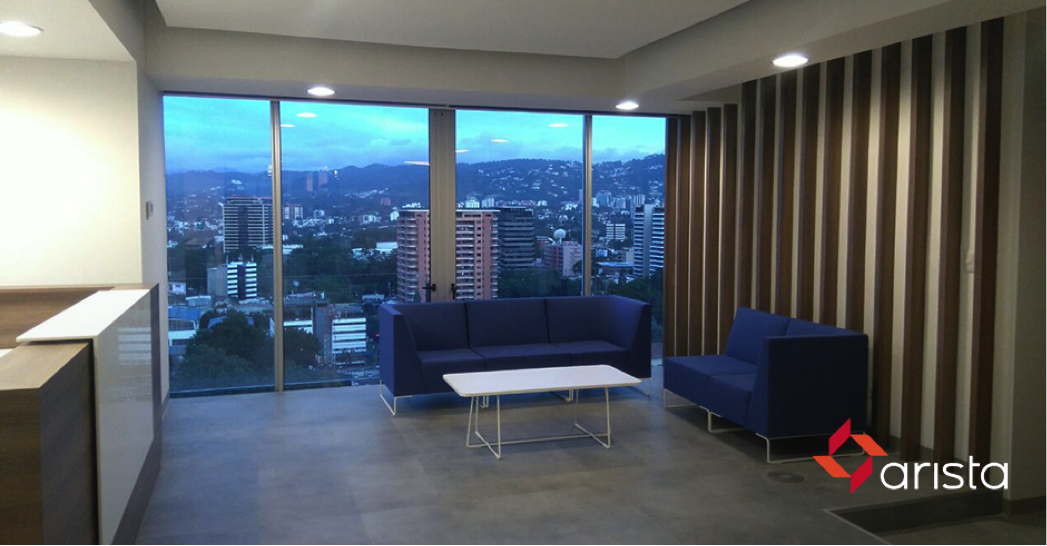
When discussing the distribution of employees in workspaces, it refers directly to the physical location that each of them will have in the office. At first glance it can be perceived that it is an apparently aesthetic and design theme, but this goes further and possibly involves other factors.
To achieve an organization that generates a high impact on the performance of collaborators, it takes more than a system of established work practices: it is also necessary to integrate the tools and workspace with which the collaborator interacts day to day.
The importance of the adequate distribution of employees in workspaces lies on the fact that this can help the company to increase the efficiency in processes, providing employees with a space according to their qualities and tasks.
How can a company determine the best distribution of its employees?
The answer to that question can generate a bit of confusion, because not all companies have the same objective or type of organization. Some of the criteria that a company must consider to adequately adapt its staff are the following:
- Functionality: a worker who has his working tools at hand and that has the necessary space to make use of them, will be able to develop his tasks in a more optimal way.
- Advantage: in this case it refers to saving time, resources and trying to cover adequate distances to use or reach some tool that will be useful.
- Comfort: be aware that a comfortable space will give the collaborator an environment in which they can feel free and capable of doing their job.
- Architectural elements: it is important to provide the collaborator with a stable lighting, necessary air intakes and spaces that do not obstruct him when doing his tasks.
What types of distribution exist?
The evolution of offices has set a different course in terms of the distribution of employees. Currently collaborative spaces are gaining more and more field. In these types of spaces, the skills and characteristics of each group of workers and how the space is useful to optimize their tasks are taken into account.
Distribution according to the organizational culture of the company.
Previously it was commented in the article Organizational culture in a company: fundamental pillar for success, that there are 4 types of distribution in a collaborative space.
Collaborative Culture
This culture focuses on internal development in the long term, faithfully relies on work teams, participation and consensus to carry out work, supports a flexible work environment. He is concerned about people and their relationship with space. The work areas should include informal spaces, flexible meeting points and an organic design.
Creative Culture
This type of culture focuses on doing things first, differentiating itself from other types by having a high degree of experimentation and individuality. Preferred spaces are areas where they have the freedom to develop creative ideas, an organic design with a highly flexible environment.
Culture of Control
The focus of this culture is to carry out the procedures to the letter, following steps fully established by the top management of the organization. People who identify with this culture, prefer to have an individual space and more formal rooms. A structured and symmetrical area. However, sometimes work teams look for alternative spaces where the social connections are a lot of help to devise or execute a plan.
Competitive Culture
Results are the priority for them, they concentrate on doing everything very fast with the goal of earning. They look for ways to have semi-formal spaces and with slightly more collaborative areas.
The spaces for this type of culture must be adapted for the development of individual and collective tasks, areas where the presentation of ideas and solutions are informal but without falling into imprudence.
- Distribution by fixed position: In these workspaces work is done only in one place and there is no option for a free mobilization.
- Distribution by process types: This is the distribution that is commonly used in traditional companies. People who perform the same work or are part of a single process and the furniture they use, is located by established departments. A negative aspect of this type of distribution is that often workspaces are not adequate and create a totally isolated environment for the collaborator without any interaction with others.
- Distribution by production: This type of distribution is used in companies or factories where it is necessary to have a fairly strong production line.
Benefits of an adequate distribution
When there is an adequate distribution of employees and work spaces, processes become much easier, as long as the type of work that is carried out is taken into account. Some of the benefits are:
- Appropriate circulation of collaborators and tools in the workspace.
- Interaction and a better communication flow of those involved.
- Better working conditions.
- Motivation, freedom and comfort for collaborators.
- Increase in productivity.
It is essential that every company performs an analysis and recognize if the type of distribution you are using is according to your type of work. With this analysis it will be possible to determine if a restructuring of the distribution of workspaces is appropriate or if it is necessary.



